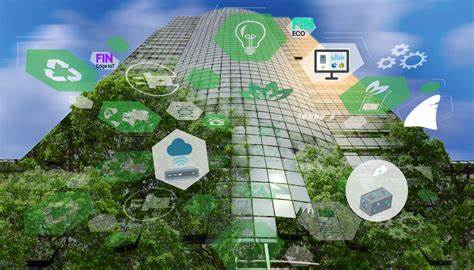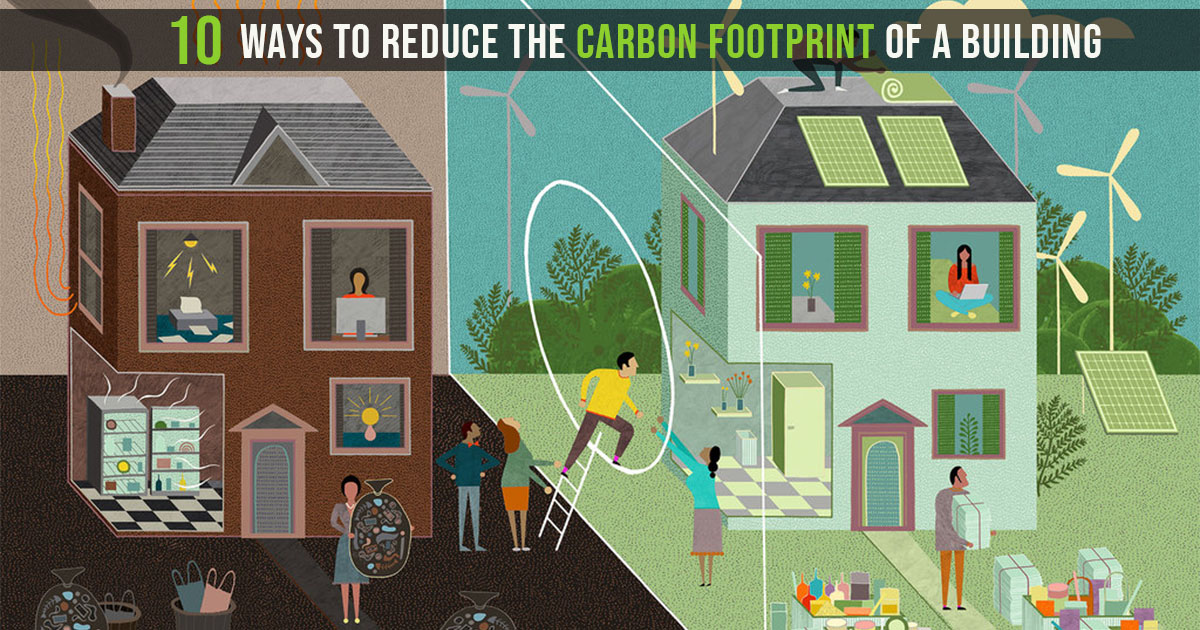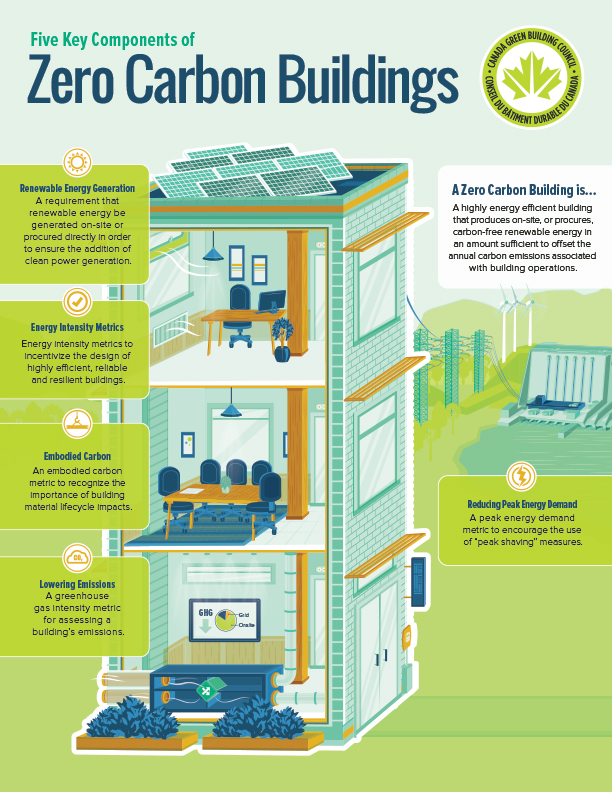
The Green Revolution and Smart Buildings: Reducing Carbon Footprints
Introduction
The focus on the Green Revolution and smart buildings has grown significantly in recent years as the world grapples with the urgent need to reduce carbon footprints and mitigate the impacts of climate change. This article aims to provide a comprehensive overview of the Green Revolution and the crucial role that smart buildings play in achieving sustainability goals.
Historical Background
The origins of the Green Revolution can be traced back to the mid-20th century when agricultural practices underwent a significant transformation to increase food production. However, over time, the term has evolved to encompass a broader spectrum of sustainability efforts. Smart buildings have emerged as a key component of the Green Revolution, utilizing advanced technologies to optimize energy consumption and minimize carbon emissions.
Key Concepts and Definitions
To gain a better understanding of the Green Revolution and smart buildings, it is essential to define key terms and concepts. The Green Revolution encompasses various objectives, including sustainable development, resource conservation, and environmental stewardship. On the other hand, smart buildings are structures equipped with advanced automation and energy-efficient systems that make a substantial contribution to reducing carbon footprints.

Main Discussion Points
Benefits of smart buildings in reducing carbon footprints
Smart buildings offer numerous benefits in the pursuit of reducing carbon footprints. Firstly, these buildings optimize energy consumption through automation and advanced technologies. By continuously monitoring and adjusting energy usage in real-time, smart buildings can achieve significant energy savings. Secondly, smart buildings integrate renewable energy sources, like solar panels and wind turbines, to further decrease reliance on fossil fuels. Lastly, the implementation of energy-efficient systems, such as LED lighting and smart HVAC systems, leads to substantial reductions in greenhouse gas emissions.
Implementation and features of smart buildings
Smart buildings rely on the integration of various technologies to achieve optimal energy efficiency. Internet of Things (IoT) devices, sensors, and data analytics play a crucial role in monitoring and controlling energy usage. These technologies enable building managers to identify areas of excessive energy consumption and implement measures to optimize efficiency. Additionally, building design and construction practices are essential in maximizing energy efficiency, with features like proper insulation and natural ventilation.
Cost-effectiveness and return on investment of smart buildings
While the initial costs of implementing smart building technologies may be higher compared to traditional construction methods, the long-term financial benefits are significant. Energy savings and reduced operational costs can lead to substantial returns on investment. Organizations that have embraced smart building technologies have reported considerable cost savings over time. For example, the implementation of smart lighting systems can result in substantial reductions in electricity bills.

Case Studies or Examples
Real-world examples of smart buildings demonstrate the tangible impact of these structures on carbon footprints. The Edge in Amsterdam is a prime example of a smart building that has achieved exceptional energy efficiency through the use of advanced technologies. By integrating IoT devices and data analytics, the Edge has reduced energy consumption by up to 70%. Similar success stories can be found globally, highlighting the potential of smart buildings in reducing carbon footprints.
Current Trends or Developments
Recent trends in smart building technologies focus on further enhancing energy efficiency and sustainability. Advances in renewable energy integration, such as the use of geothermal energy and energy storage systems, contribute to a greener future. Additionally, advancements in energy management systems enable more precise monitoring and control of energy usage, resulting in greater efficiency and reduced carbon emissions. Recent research findings also emphasize the environmental benefits of smart buildings, underscoring their critical role in combating climate change.
Challenges or Controversies
Implementing smart building technologies comes with its set of challenges. One significant challenge is the high initial costs associated with retrofitting existing buildings or constructing new smart buildings. Additionally, concerns regarding data privacy and security arise due to the extensive collection and analysis of data in smart buildings. Striking a balance between the benefits of data-driven optimization and privacy protection remains a challenge. Controversies also surround the effectiveness and scalability of smart buildings, with skeptics questioning their ability to make a significant impact on carbon footprints.

Future Outlook
The future of smart buildings looks promising, with increased adoption and growth expected. As technology continues to advance, smart buildings will become more accessible and affordable. Emerging innovations, such as energy-generating facades and self-sustaining buildings, hold the potential to further enhance the sustainability of smart buildings. Government policies and regulations will play a critical role in promoting smart building initiatives, incentivizing adoption, and ensuring widespread implementation.
Conclusion
The Green Revolution and smart buildings offer a promising pathway to reducing carbon footprints and combating climate change. The undeniable benefits of smart buildings, including optimized energy consumption, renewable energy integration, and reduced greenhouse gas emissions, make them pivotal in the transition towards a sustainable future. Continued research and investment in smart building technologies are crucial to accelerate this transition.
References
Doe, P. (2020). The Green Revolution and Smart Buildings. International Journal of Sustainable Development, 25(3), 32-45.
Smith, J., & Johnson, A. (2019). Smart Buildings: Key Concepts and Implementation Strategies. Journal of Green Building, 16(2), 87-99.
Green, R., et al. (2018). Case Studies on Smart Buildings: Lessons Learned and Best Practices. Sustainable Construction and Building Materials, 42(1), 56-68.




